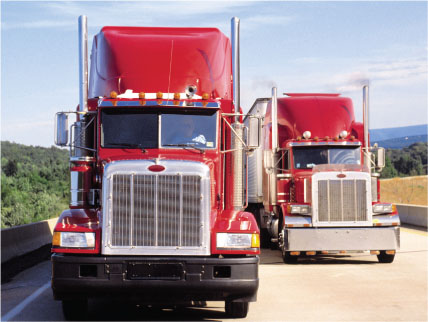 While the use of telematics tools by insurers to date has primarily been seen in monitoring personal-vehicle use, carriers on the commercial side are now eagerly adopting programs to tap into the wealth of knowledge a telematics system can deliver—and the initial data looks very promising for loss ratios.
While the use of telematics tools by insurers to date has primarily been seen in monitoring personal-vehicle use, carriers on the commercial side are now eagerly adopting programs to tap into the wealth of knowledge a telematics system can deliver—and the initial data looks very promising for loss ratios.
"We've seen a reduction in frequency and severity" of claims, says Scott Stevens, vice president of captive and specialty programs at The Hartford, which launched its FleetAhead program more than two years ago.
Through a partnership with a telematics service provider, The Hartford's loss-control staff can work with clients to reduce losses and risk exposure, Stevens adds.
Recommended For You
Want to continue reading?
Become a Free PropertyCasualty360 Digital Reader
Your access to unlimited PropertyCasualty360 content isn’t changing.
Once you are an ALM digital member, you’ll receive:
- Breaking insurance news and analysis, on-site and via our newsletters and custom alerts
- Weekly Insurance Speak podcast featuring exclusive interviews with industry leaders
- Educational webcasts, white papers, and ebooks from industry thought leaders
- Critical converage of the employee benefits and financial advisory markets on our other ALM sites, BenefitsPRO and ThinkAdvisor
Already have an account? Sign In Now
© 2025 ALM Global, LLC, All Rights Reserved. Request academic re-use from www.copyright.com. All other uses, submit a request to [email protected]. For more information visit Asset & Logo Licensing.








